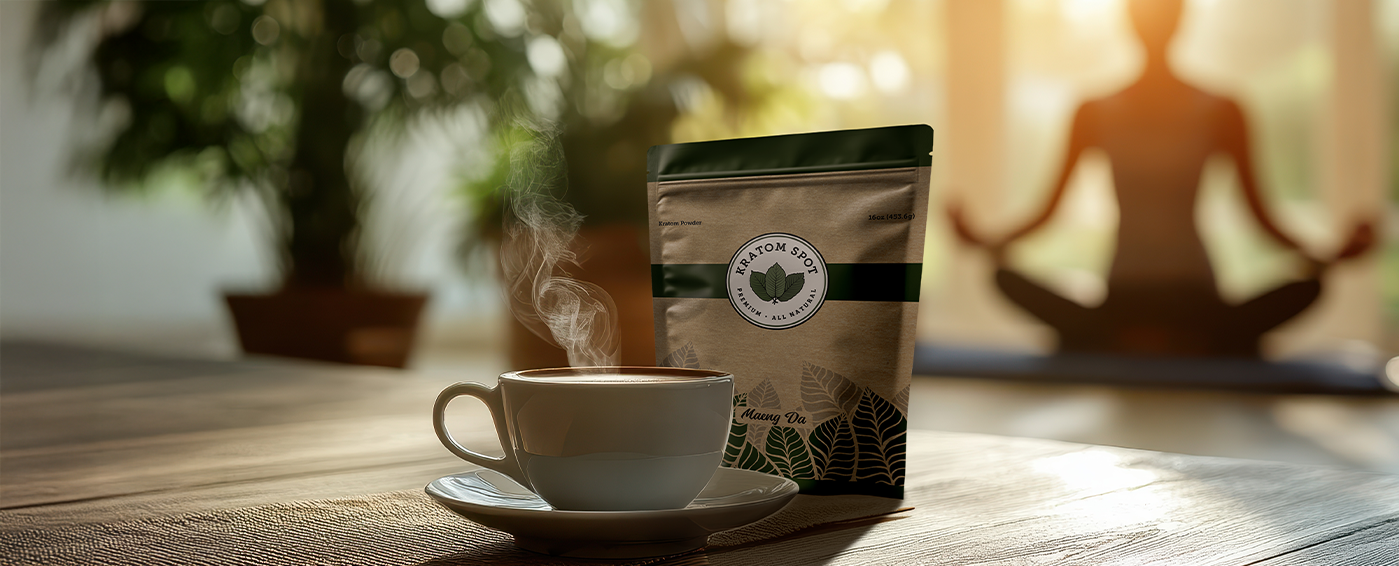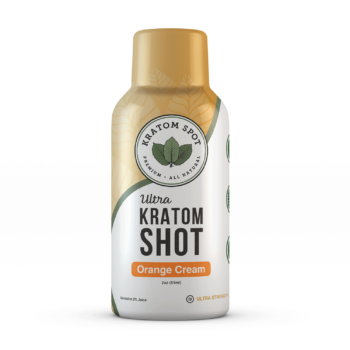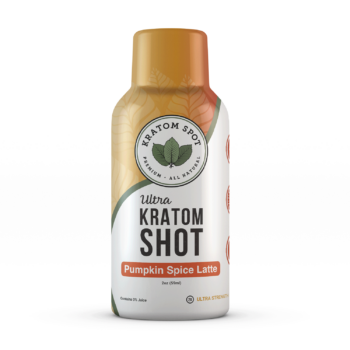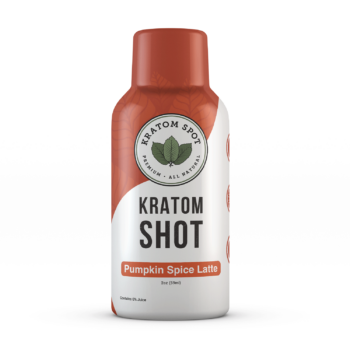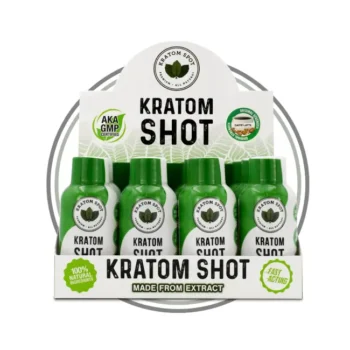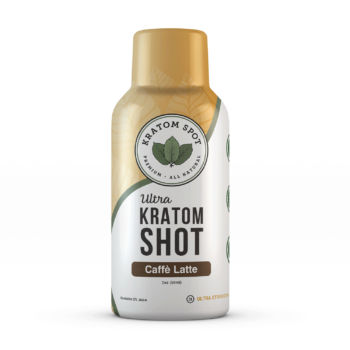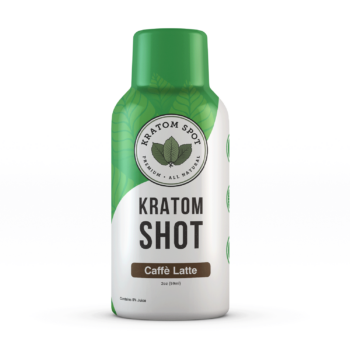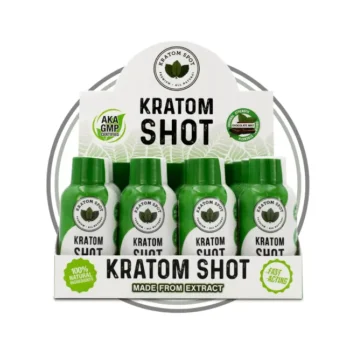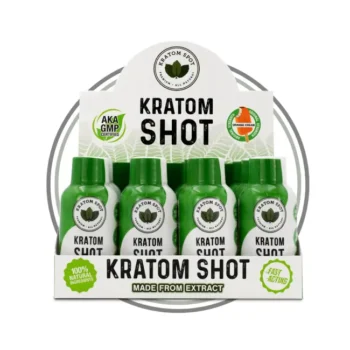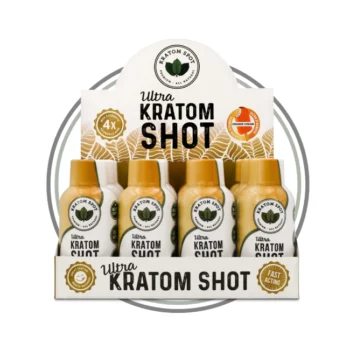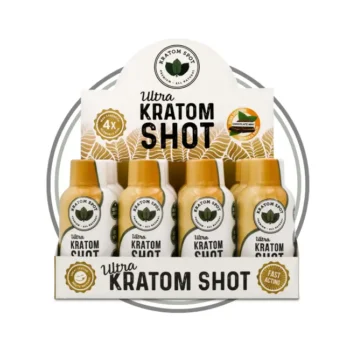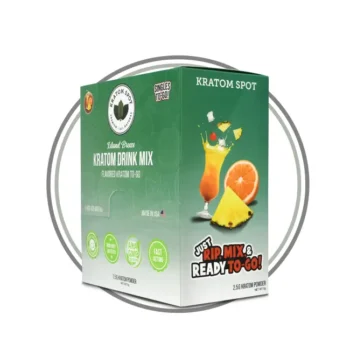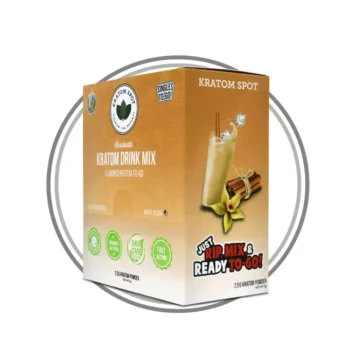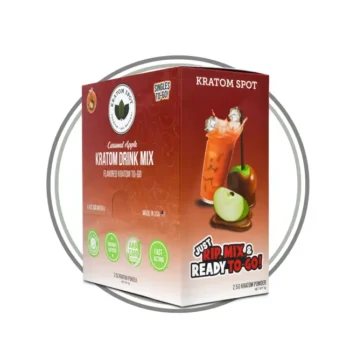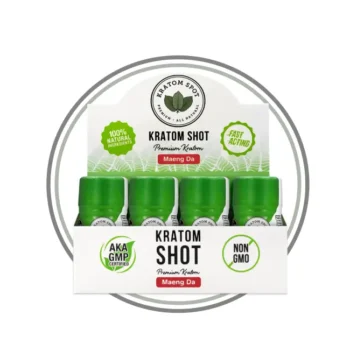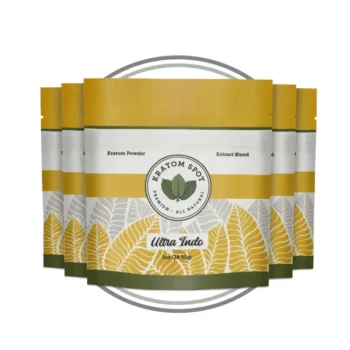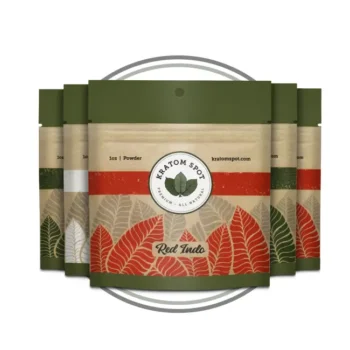The Kratom Spot Difference






Kratom Spot Best Sellers
-
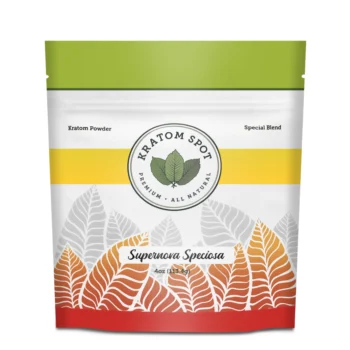 Select options This product has multiple variants. The options may be chosen on the product page Quick ViewLearn More about Supernova Speciosa Kratom Blend
Select options This product has multiple variants. The options may be chosen on the product page Quick ViewLearn More about Supernova Speciosa Kratom BlendSupernova Speciosa Kratom Blend
$17.99 – $99.99Price range: $17.99 through $99.99
$13.49 – $74.99Price range: $13.49 through $74.99 -
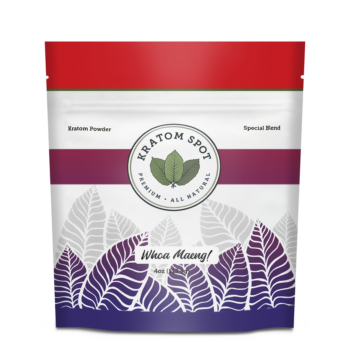 Select options This product has multiple variants. The options may be chosen on the product page Quick ViewLearn More about Whoa Maeng! Kratom Blend
Select options This product has multiple variants. The options may be chosen on the product page Quick ViewLearn More about Whoa Maeng! Kratom BlendWhoa Maeng! Kratom Blend
$17.99 – $99.99Price range: $17.99 through $99.99
$13.49 – $74.99Price range: $13.49 through $74.99 -
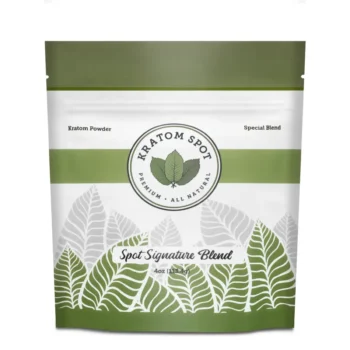 Select options This product has multiple variants. The options may be chosen on the product page Quick ViewLearn More about Spot Signature Blend
Select options This product has multiple variants. The options may be chosen on the product page Quick ViewLearn More about Spot Signature BlendSpot Signature Blend
$17.99 – $99.99Price range: $17.99 through $99.99
$13.49 – $74.99Price range: $13.49 through $74.99 -
Sale!
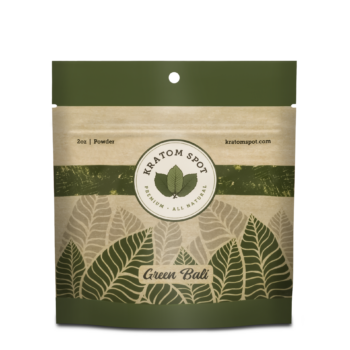 Select options This product has multiple variants. The options may be chosen on the product page Quick ViewLearn More about Green Vein Bali Kratom Powder
Select options This product has multiple variants. The options may be chosen on the product page Quick ViewLearn More about Green Vein Bali Kratom PowderGreen Vein Bali Kratom Powder
$6.00 – $67.50Price range: $6.00 through $67.50 -
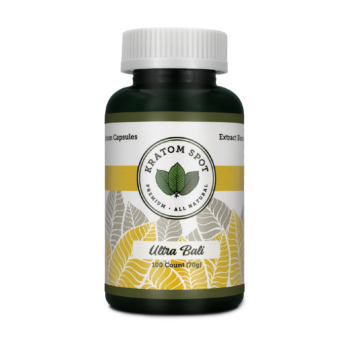 Select options This product has multiple variants. The options may be chosen on the product page Quick ViewLearn More about High Potency Ultra Bali Kratom Capsules
Select options This product has multiple variants. The options may be chosen on the product page Quick ViewLearn More about High Potency Ultra Bali Kratom CapsulesHigh Potency Ultra Bali Kratom Capsules
$17.99 – $64.99Price range: $17.99 through $64.99
$13.49 – $48.74Price range: $13.49 through $48.74 -
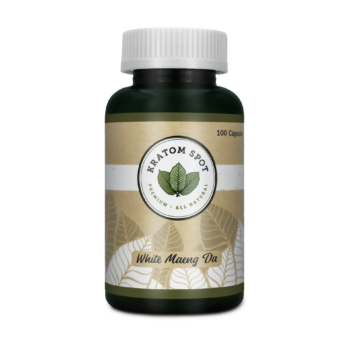 Select options This product has multiple variants. The options may be chosen on the product page Quick ViewLearn More about White Maeng Da Kratom Capsules
Select options This product has multiple variants. The options may be chosen on the product page Quick ViewLearn More about White Maeng Da Kratom CapsulesWhite Maeng Da Kratom Capsules
$9.99 – $79.99Price range: $9.99 through $79.99
$7.49 – $59.99Price range: $7.49 through $59.99 -
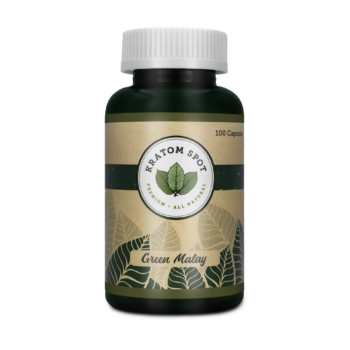 Select options This product has multiple variants. The options may be chosen on the product page Quick ViewLearn More about Green Malay Kratom Capsules
Select options This product has multiple variants. The options may be chosen on the product page Quick ViewLearn More about Green Malay Kratom CapsulesGreen Malay Kratom Capsules
$8.99 – $74.99Price range: $8.99 through $74.99
$6.74 – $56.24Price range: $6.74 through $56.24
-
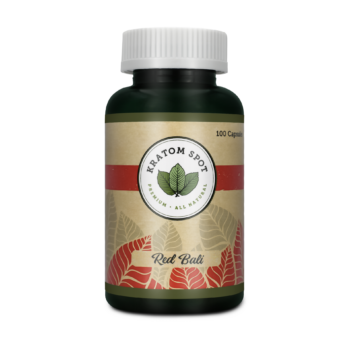 Select options This product has multiple variants. The options may be chosen on the product page Quick ViewLearn More about Red Vein Bali Kratom Capsules
Select options This product has multiple variants. The options may be chosen on the product page Quick ViewLearn More about Red Vein Bali Kratom CapsulesRed Vein Bali Kratom Capsules
$8.99 – $74.99Price range: $8.99 through $74.99
$6.74 – $56.24Price range: $6.74 through $56.24 -
 Select options This product has multiple variants. The options may be chosen on the product page Quick ViewLearn More about White Maeng Da Kratom Capsules
Select options This product has multiple variants. The options may be chosen on the product page Quick ViewLearn More about White Maeng Da Kratom CapsulesWhite Maeng Da Kratom Capsules
$9.99 – $79.99Price range: $9.99 through $79.99
$7.49 – $59.99Price range: $7.49 through $59.99 -
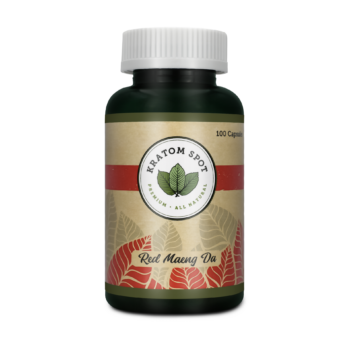 Select options This product has multiple variants. The options may be chosen on the product page Quick ViewLearn More about Red Vein Maeng Da Kratom Capsules
Select options This product has multiple variants. The options may be chosen on the product page Quick ViewLearn More about Red Vein Maeng Da Kratom CapsulesRed Vein Maeng Da Kratom Capsules
$9.99 – $79.99Price range: $9.99 through $79.99
$7.49 – $59.99Price range: $7.49 through $59.99 -
 Select options This product has multiple variants. The options may be chosen on the product page Quick ViewLearn More about Green Malay Kratom Capsules
Select options This product has multiple variants. The options may be chosen on the product page Quick ViewLearn More about Green Malay Kratom CapsulesGreen Malay Kratom Capsules
$8.99 – $74.99Price range: $8.99 through $74.99
$6.74 – $56.24Price range: $6.74 through $56.24 -
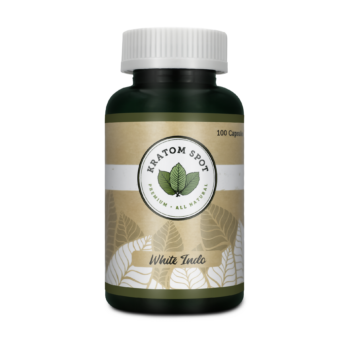 Select options This product has multiple variants. The options may be chosen on the product page Quick ViewLearn More about White Vein Indo Kratom Capsules
Select options This product has multiple variants. The options may be chosen on the product page Quick ViewLearn More about White Vein Indo Kratom CapsulesWhite Vein Indo Kratom Capsules
$8.99 – $74.99Price range: $8.99 through $74.99
$6.74 – $56.24Price range: $6.74 through $56.24 -
Sale!
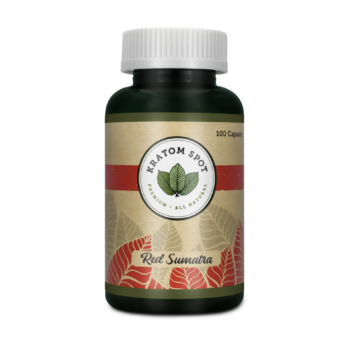 Select options This product has multiple variants. The options may be chosen on the product page Quick ViewLearn More about Red Vein Sumatra Kratom Capsules
Select options This product has multiple variants. The options may be chosen on the product page Quick ViewLearn More about Red Vein Sumatra Kratom CapsulesRed Vein Sumatra Kratom Capsules
$6.75 – $56.25Price range: $6.75 through $56.25 -
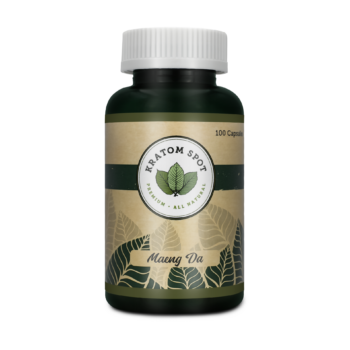 Select options This product has multiple variants. The options may be chosen on the product page Quick ViewLearn More about Green Maeng Da Kratom Capsules
Select options This product has multiple variants. The options may be chosen on the product page Quick ViewLearn More about Green Maeng Da Kratom CapsulesGreen Maeng Da Kratom Capsules
$9.99 – $79.99Price range: $9.99 through $79.99
$7.49 – $59.99Price range: $7.49 through $59.99 -
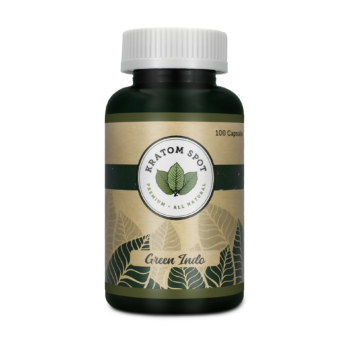 Select options This product has multiple variants. The options may be chosen on the product page Quick ViewLearn More about Green Vein Indo Kratom Capsules
Select options This product has multiple variants. The options may be chosen on the product page Quick ViewLearn More about Green Vein Indo Kratom CapsulesGreen Vein Indo Kratom Capsules
$8.99 – $74.99Price range: $8.99 through $74.99
$6.74 – $56.24Price range: $6.74 through $56.24 -
Sale!
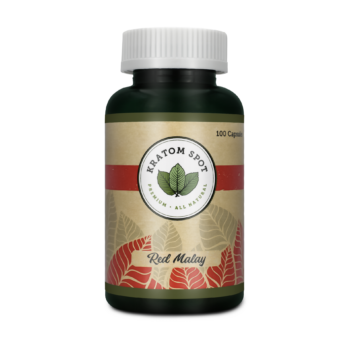 Select options This product has multiple variants. The options may be chosen on the product page Quick ViewLearn More about Red Vein Malay Kratom Capsules
Select options This product has multiple variants. The options may be chosen on the product page Quick ViewLearn More about Red Vein Malay Kratom CapsulesRed Vein Malay Kratom Capsules
$6.75 – $56.25Price range: $6.75 through $56.25 -
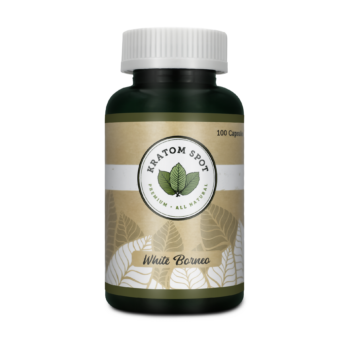 Select options This product has multiple variants. The options may be chosen on the product page Quick ViewLearn More about White Vein Borneo Kratom Capsules
Select options This product has multiple variants. The options may be chosen on the product page Quick ViewLearn More about White Vein Borneo Kratom CapsulesWhite Vein Borneo Kratom Capsules
$8.99 – $74.99Price range: $8.99 through $74.99
$6.74 – $56.24Price range: $6.74 through $56.24
-
 Select options This product has multiple variants. The options may be chosen on the product page Quick ViewLearn More about Supernova Speciosa Kratom Blend
Select options This product has multiple variants. The options may be chosen on the product page Quick ViewLearn More about Supernova Speciosa Kratom BlendSupernova Speciosa Kratom Blend
$17.99 – $99.99Price range: $17.99 through $99.99
$13.49 – $74.99Price range: $13.49 through $74.99 -
 Select options This product has multiple variants. The options may be chosen on the product page Quick ViewLearn More about Whoa Maeng! Kratom Blend
Select options This product has multiple variants. The options may be chosen on the product page Quick ViewLearn More about Whoa Maeng! Kratom BlendWhoa Maeng! Kratom Blend
$17.99 – $99.99Price range: $17.99 through $99.99
$13.49 – $74.99Price range: $13.49 through $74.99 -
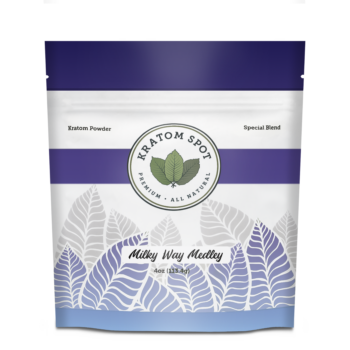 Select options This product has multiple variants. The options may be chosen on the product page Quick ViewLearn More about Milky Way Medley Kratom Blend
Select options This product has multiple variants. The options may be chosen on the product page Quick ViewLearn More about Milky Way Medley Kratom BlendMilky Way Medley Kratom Blend
$17.99 – $99.99Price range: $17.99 through $99.99
$13.49 – $74.99Price range: $13.49 through $74.99 -
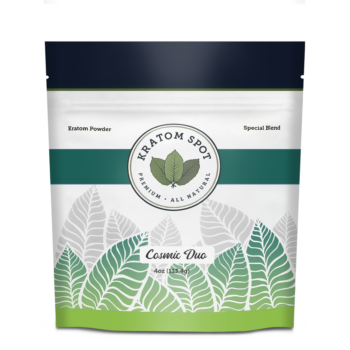 Select options This product has multiple variants. The options may be chosen on the product page Quick ViewLearn More about Cosmic Duo Kratom Blend
Select options This product has multiple variants. The options may be chosen on the product page Quick ViewLearn More about Cosmic Duo Kratom BlendCosmic Duo Kratom Blend
$17.99 – $99.99Price range: $17.99 through $99.99
$13.49 – $74.99Price range: $13.49 through $74.99 -
 Select options This product has multiple variants. The options may be chosen on the product page Quick ViewLearn More about Spot Signature Blend
Select options This product has multiple variants. The options may be chosen on the product page Quick ViewLearn More about Spot Signature BlendSpot Signature Blend
$17.99 – $99.99Price range: $17.99 through $99.99
$13.49 – $74.99Price range: $13.49 through $74.99 -
Sale!
 Select options This product has multiple variants. The options may be chosen on the product page Quick ViewLearn More about Green Vein Bali Kratom Powder
Select options This product has multiple variants. The options may be chosen on the product page Quick ViewLearn More about Green Vein Bali Kratom PowderGreen Vein Bali Kratom Powder
$6.00 – $67.50Price range: $6.00 through $67.50 -
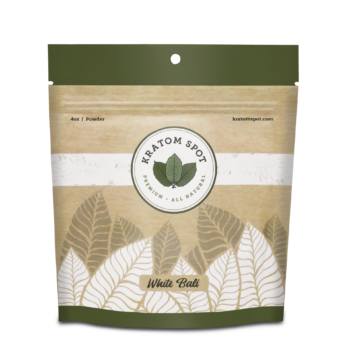 Select options This product has multiple variants. The options may be chosen on the product page Quick ViewLearn More about White Vein Bali Kratom Powder
Select options This product has multiple variants. The options may be chosen on the product page Quick ViewLearn More about White Vein Bali Kratom PowderWhite Vein Bali Kratom Powder
$7.99 – $89.99Price range: $7.99 through $89.99
$5.99 – $67.49Price range: $5.99 through $67.49 -
Sale!
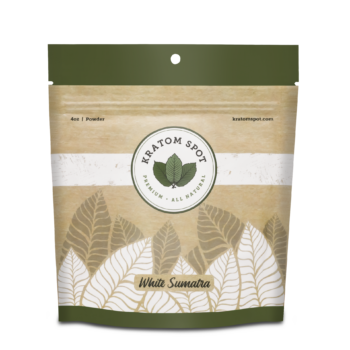 Select options This product has multiple variants. The options may be chosen on the product page Quick ViewLearn More about White Vein Sumatra Kratom Powder
Select options This product has multiple variants. The options may be chosen on the product page Quick ViewLearn More about White Vein Sumatra Kratom PowderWhite Vein Sumatra Kratom Powder
$6.00 – $67.50Price range: $6.00 through $67.50 -
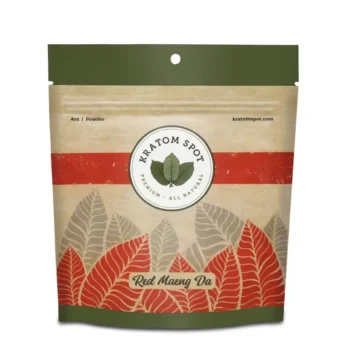 Select options This product has multiple variants. The options may be chosen on the product page Quick ViewLearn More about Red Vein Maeng Da Kratom Powder
Select options This product has multiple variants. The options may be chosen on the product page Quick ViewLearn More about Red Vein Maeng Da Kratom PowderRed Vein Maeng Da Kratom Powder
$9.99 – $99.99Price range: $9.99 through $99.99
$7.49 – $74.99Price range: $7.49 through $74.99 -
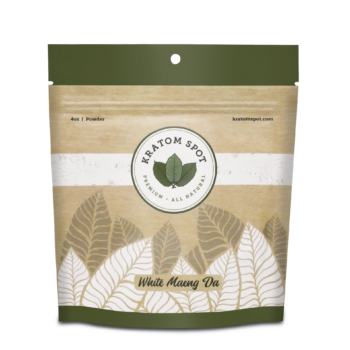 Select options This product has multiple variants. The options may be chosen on the product page Quick ViewLearn More about White Vein Maeng Da Kratom
Select options This product has multiple variants. The options may be chosen on the product page Quick ViewLearn More about White Vein Maeng Da KratomWhite Vein Maeng Da Kratom
$9.99 – $99.99Price range: $9.99 through $99.99
$7.49 – $74.99Price range: $7.49 through $74.99
-
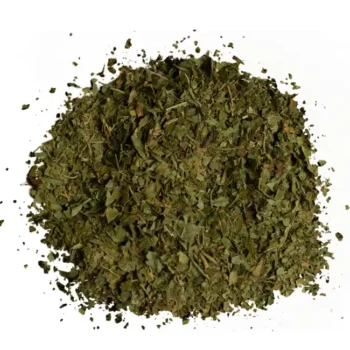 Select options This product has multiple variants. The options may be chosen on the product page Quick ViewLearn More about Green Maeng Da Loose Leaf Kratom Tea
Select options This product has multiple variants. The options may be chosen on the product page Quick ViewLearn More about Green Maeng Da Loose Leaf Kratom TeaGreen Maeng Da Loose Leaf Kratom Tea
$9.99 – $34.99Price range: $9.99 through $34.99 -
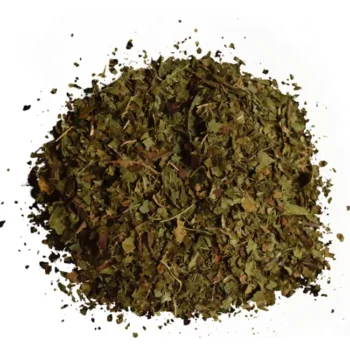 Select options This product has multiple variants. The options may be chosen on the product page Quick ViewLearn More about White Maeng Da Loose Leaf Kratom Tea
Select options This product has multiple variants. The options may be chosen on the product page Quick ViewLearn More about White Maeng Da Loose Leaf Kratom TeaWhite Maeng Da Loose Leaf Kratom Tea
$9.99 – $34.99Price range: $9.99 through $34.99 -
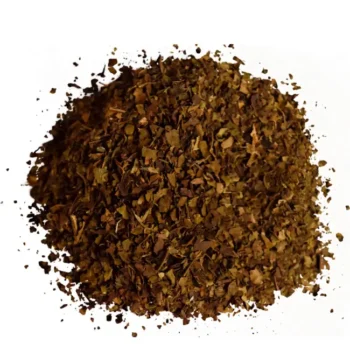 Select options This product has multiple variants. The options may be chosen on the product page Quick ViewLearn More about Red Maeng Da Loose Leaf Kratom
Select options This product has multiple variants. The options may be chosen on the product page Quick ViewLearn More about Red Maeng Da Loose Leaf KratomRed Maeng Da Loose Leaf Kratom
$9.99 – $34.99Price range: $9.99 through $34.99
$7.49 – $26.24Price range: $7.49 through $26.24
-
 Select options This product has multiple variants. The options may be chosen on the product page Quick ViewLearn More about High Potency Ultra Indo Kratom Capsules
Select options This product has multiple variants. The options may be chosen on the product page Quick ViewLearn More about High Potency Ultra Indo Kratom CapsulesHigh Potency Ultra Indo Kratom Capsules
$17.99 – $64.99Price range: $17.99 through $64.99
$13.49 – $48.74Price range: $13.49 through $48.74 -
 Select options This product has multiple variants. The options may be chosen on the product page Quick ViewLearn More about High Potency Ultra Bali Kratom Capsules
Select options This product has multiple variants. The options may be chosen on the product page Quick ViewLearn More about High Potency Ultra Bali Kratom CapsulesHigh Potency Ultra Bali Kratom Capsules
$17.99 – $64.99Price range: $17.99 through $64.99
$13.49 – $48.74Price range: $13.49 through $48.74 -
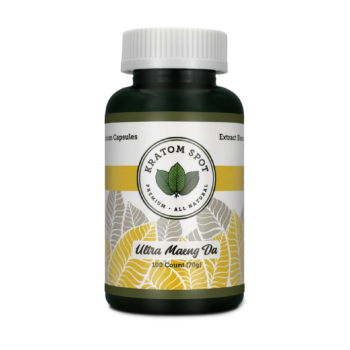 Select options This product has multiple variants. The options may be chosen on the product page Quick ViewLearn More about High Potency Ultra Maeng Da Kratom Capsules
Select options This product has multiple variants. The options may be chosen on the product page Quick ViewLearn More about High Potency Ultra Maeng Da Kratom CapsulesHigh Potency Ultra Maeng Da Kratom Capsules
$19.99 – $74.99Price range: $19.99 through $74.99
$14.99 – $56.24Price range: $14.99 through $56.24 -
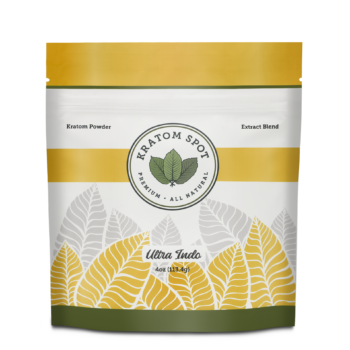 Select options This product has multiple variants. The options may be chosen on the product page Quick ViewLearn More about High Potency Ultra Indo Kratom Powder
Select options This product has multiple variants. The options may be chosen on the product page Quick ViewLearn More about High Potency Ultra Indo Kratom PowderHigh Potency Ultra Indo Kratom Powder
$17.99 – $64.99Price range: $17.99 through $64.99
$13.49 – $48.74Price range: $13.49 through $48.74 -
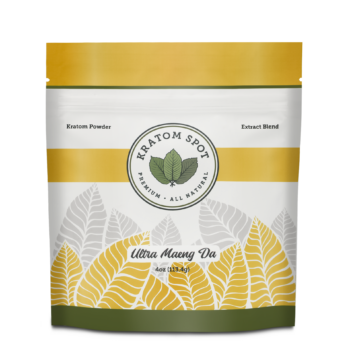 Select options This product has multiple variants. The options may be chosen on the product page Quick ViewLearn More about High Potency Ultra Maeng Da Kratom Powder
Select options This product has multiple variants. The options may be chosen on the product page Quick ViewLearn More about High Potency Ultra Maeng Da Kratom PowderHigh Potency Ultra Maeng Da Kratom Powder
$19.99 – $74.99Price range: $19.99 through $74.99
$14.99 – $56.24Price range: $14.99 through $56.24 -
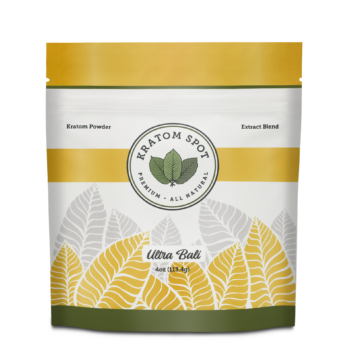 Select options This product has multiple variants. The options may be chosen on the product page Quick ViewLearn More about Ultra Bali Kratom Powder
Select options This product has multiple variants. The options may be chosen on the product page Quick ViewLearn More about Ultra Bali Kratom PowderUltra Bali Kratom Powder
$17.99 – $64.99Price range: $17.99 through $64.99
$13.49 – $48.74Price range: $13.49 through $48.74 -
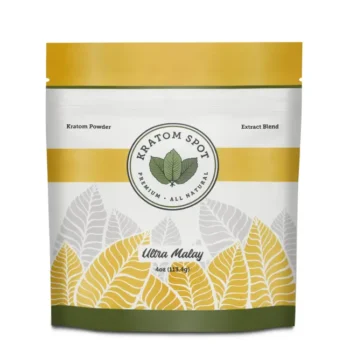 Select options This product has multiple variants. The options may be chosen on the product page Quick ViewLearn More about High Potency Ultra Malay Kratom Powder
Select options This product has multiple variants. The options may be chosen on the product page Quick ViewLearn More about High Potency Ultra Malay Kratom PowderHigh Potency Ultra Malay Kratom Powder
$17.99 – $64.99Price range: $17.99 through $64.99
$13.49 – $48.74Price range: $13.49 through $48.74 -
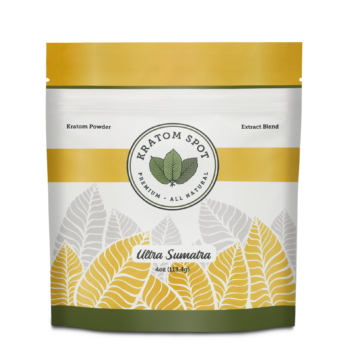 Select options This product has multiple variants. The options may be chosen on the product page Quick ViewLearn More about High Potency Ultra Sumatra Kratom Powder
Select options This product has multiple variants. The options may be chosen on the product page Quick ViewLearn More about High Potency Ultra Sumatra Kratom PowderHigh Potency Ultra Sumatra Kratom Powder
$17.99 – $64.99Price range: $17.99 through $64.99
$13.49 – $48.74Price range: $13.49 through $48.74 -
 Select options This product has multiple variants. The options may be chosen on the product page Quick ViewLearn More about High Potency Ultra Borneo Kratom Powder
Select options This product has multiple variants. The options may be chosen on the product page Quick ViewLearn More about High Potency Ultra Borneo Kratom PowderHigh Potency Ultra Borneo Kratom Powder
$17.99 – $64.99Price range: $17.99 through $64.99
$13.49 – $48.74Price range: $13.49 through $48.74
- No products found
-
 Select options This product has multiple variants. The options may be chosen on the product page Quick ViewLearn More about Supernova Speciosa Kratom Blend
Select options This product has multiple variants. The options may be chosen on the product page Quick ViewLearn More about Supernova Speciosa Kratom BlendSupernova Speciosa Kratom Blend
$17.99 – $99.99Price range: $17.99 through $99.99
$13.49 – $74.99Price range: $13.49 through $74.99 -
 Select options This product has multiple variants. The options may be chosen on the product page Quick ViewLearn More about Whoa Maeng! Kratom Blend
Select options This product has multiple variants. The options may be chosen on the product page Quick ViewLearn More about Whoa Maeng! Kratom BlendWhoa Maeng! Kratom Blend
$17.99 – $99.99Price range: $17.99 through $99.99
$13.49 – $74.99Price range: $13.49 through $74.99 -
 Select options This product has multiple variants. The options may be chosen on the product page Quick ViewLearn More about Milky Way Medley Kratom Blend
Select options This product has multiple variants. The options may be chosen on the product page Quick ViewLearn More about Milky Way Medley Kratom BlendMilky Way Medley Kratom Blend
$17.99 – $99.99Price range: $17.99 through $99.99
$13.49 – $74.99Price range: $13.49 through $74.99 -
 Select options This product has multiple variants. The options may be chosen on the product page Quick ViewLearn More about Cosmic Duo Kratom Blend
Select options This product has multiple variants. The options may be chosen on the product page Quick ViewLearn More about Cosmic Duo Kratom BlendCosmic Duo Kratom Blend
$17.99 – $99.99Price range: $17.99 through $99.99
$13.49 – $74.99Price range: $13.49 through $74.99 -
 Select options This product has multiple variants. The options may be chosen on the product page Quick ViewLearn More about Spot Signature Blend
Select options This product has multiple variants. The options may be chosen on the product page Quick ViewLearn More about Spot Signature BlendSpot Signature Blend
$17.99 – $99.99Price range: $17.99 through $99.99
$13.49 – $74.99Price range: $13.49 through $74.99
-
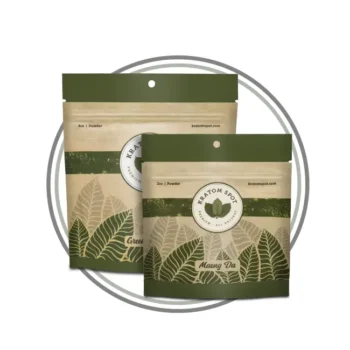 Select options This product has multiple variants. The options may be chosen on the product page Quick ViewLearn More about Green Vein Kratom Variety Pack
Select options This product has multiple variants. The options may be chosen on the product page Quick ViewLearn More about Green Vein Kratom Variety PackGreen Vein Kratom Variety Pack
$29.99 – $299.99Price range: $29.99 through $299.99
$22.49 – $224.99Price range: $22.49 through $224.99 -
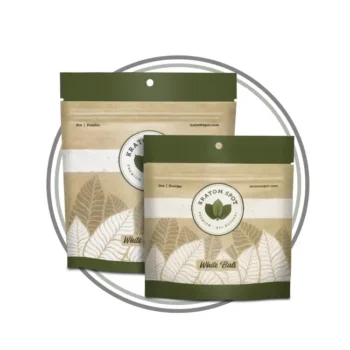 Select options This product has multiple variants. The options may be chosen on the product page Quick ViewLearn More about White Vein Kratom Variety Pack
Select options This product has multiple variants. The options may be chosen on the product page Quick ViewLearn More about White Vein Kratom Variety PackWhite Vein Kratom Variety Pack
$29.99 – $299.99Price range: $29.99 through $299.99
$22.49 – $224.99Price range: $22.49 through $224.99
-
Sale!
 Select options This product has multiple variants. The options may be chosen on the product page Quick ViewLearn More about Green Vein Bali Kratom Powder
Select options This product has multiple variants. The options may be chosen on the product page Quick ViewLearn More about Green Vein Bali Kratom PowderGreen Vein Bali Kratom Powder
$6.00 – $67.50Price range: $6.00 through $67.50 -
Sale!
 Select options This product has multiple variants. The options may be chosen on the product page Quick ViewLearn More about White Vein Sumatra Kratom Powder
Select options This product has multiple variants. The options may be chosen on the product page Quick ViewLearn More about White Vein Sumatra Kratom PowderWhite Vein Sumatra Kratom Powder
$6.00 – $67.50Price range: $6.00 through $67.50 -
Sale!
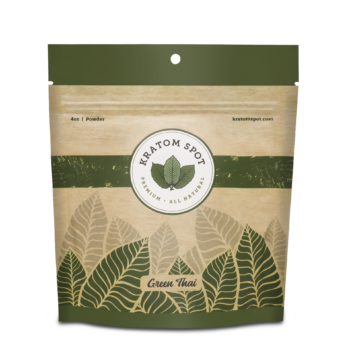 Select options This product has multiple variants. The options may be chosen on the product page Quick ViewLearn More about Green Vein Thai Kratom Powder
Select options This product has multiple variants. The options may be chosen on the product page Quick ViewLearn More about Green Vein Thai Kratom PowderGreen Vein Thai Kratom Powder
$6.00 – $67.50Price range: $6.00 through $67.50 -
Sale!
 Select options This product has multiple variants. The options may be chosen on the product page Quick ViewLearn More about Red Vein Sumatra Kratom Capsules
Select options This product has multiple variants. The options may be chosen on the product page Quick ViewLearn More about Red Vein Sumatra Kratom CapsulesRed Vein Sumatra Kratom Capsules
$6.75 – $56.25Price range: $6.75 through $56.25 -
Sale!
 Select options This product has multiple variants. The options may be chosen on the product page Quick ViewLearn More about Green Vein Indo Kratom Powder
Select options This product has multiple variants. The options may be chosen on the product page Quick ViewLearn More about Green Vein Indo Kratom PowderGreen Vein Indo Kratom Powder
$6.00 – $67.50Price range: $6.00 through $67.50 -
Sale!
 Select options This product has multiple variants. The options may be chosen on the product page Quick ViewLearn More about Red Vein Malay Kratom Capsules
Select options This product has multiple variants. The options may be chosen on the product page Quick ViewLearn More about Red Vein Malay Kratom CapsulesRed Vein Malay Kratom Capsules
$6.75 – $56.25Price range: $6.75 through $56.25 -
Sale!
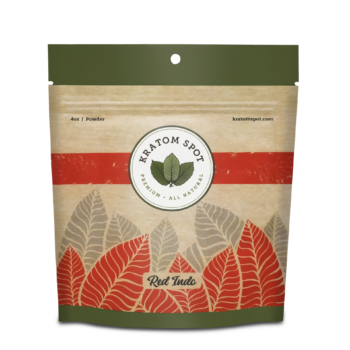 Select options This product has multiple variants. The options may be chosen on the product page Quick ViewLearn More about Red Vein Indo Kratom Powder
Select options This product has multiple variants. The options may be chosen on the product page Quick ViewLearn More about Red Vein Indo Kratom PowderRed Vein Indo Kratom Powder
$6.00 – $67.50Price range: $6.00 through $67.50
Real reviews from real customers
Kratom Spot Buyers Guide - FAQs
New to kratom or looking for more information? Our comprehensive guide covers all your questions, helping you make informed decisions about the best kratom for your needs.
What is kratom? + -
Kratom, scientifically known as Mitragyna speciosa, is a tropical tree native to Southeast Asia, particularly in countries like Thailand, Indonesia, Malaysia, and Papua New Guinea. The leaves of the kratom tree have been used for centuries by indigenous cultures for various purposes. When consumed, kratom leaves can produce a variety of effects that vary depending on the strain and dosage.
Kratom is commonly available in several forms, including powders, capsules, and teas. It is important to note that while kratom is widely used and available, it should be approached with caution and an understanding of its properties. As with any natural product, individual experiences with kratom can vary, and it’s recommended to start with small amounts to gauge its effects.
What are the strains and colors of Kratom? + -
Kratom is categorized into different strains based on the region it is grown in and the color of the veins in the leaves. The most common strains are Green, Red, and White, each offering unique characteristics:
Green Vein Kratom: Known for its balanced effects, green vein kratom is often described as being moderate in strength. It’s a popular choice for those looking for a balanced experience.
Red Vein Kratom: Typically, red vein kratom is known for its calming properties. The red strains are often preferred by those seeking a more relaxing experience.
White Vein Kratom: White vein kratom is usually associated with energizing effects. It’s often chosen by individuals who are looking for a more uplifting experience.
These strains can be further divided based on their region of origin, such as Borneo, Bali, and Thai kratom, which can also influence their effects. It’s essential to experiment with different strains to find the one that best suits your needs.
Is kratom legal? + -
The legality of kratom varies significantly depending on the country and even within regions of a country. In the United States, for example, kratom is legal in most states but is banned in a few, including Alabama, Arkansas, Indiana, Rhode Island, Vermont, and Wisconsin. Some states have specific regulations or age restrictions, so it’s important to check local laws before purchasing or consuming kratom.
Internationally, the legality of kratom is just as varied. Some countries have completely banned kratom, while others allow its sale and consumption with certain regulations. Always stay informed about the legal status of kratom in your area or any place you plan to visit.
What are the best kratom strains for the first timers? + -
For those new to kratom, starting with a strain that is balanced in its effects can be beneficial. Green vein strains, such as Green Malay or Green Maeng Da, are often recommended for beginners because they provide a moderate balance of energizing and calming effects. These strains offer a gentle introduction to kratom without being too overwhelming.
It’s also advisable to start with small amounts to gauge how your body responds to kratom. Everyone’s body chemistry is different, so what works well for one person may not have the same effect on another. Gradually exploring different strains and understanding their unique properties can help you find the one that best meets your preferences.
How old do I have to be to purchase kratom? + -
In most places where kratom is legal, the minimum age to purchase kratom is typically 18 or 21 years old, depending on local regulations. Retailers often enforce these age restrictions to ensure compliance with local laws. It is crucial to verify the age requirements in your specific region before attempting to buy kratom.
Always purchase kratom from reputable sources that adhere to these regulations, as this not only ensures you are following the law but also that you are receiving a quality product.
Is kratom dangerous? + -
Kratom, like any substance, carries potential risks, particularly if used improperly or in excessive amounts. While kratom has been traditionally used in Southeast Asia for its various properties, its safety profile is still under study. It’s important to approach kratom with caution, especially if you are new to it.
One of the primary concerns with kratom is its potential for dependency if used frequently or in large amounts. Additionally, kratom can interact with other substances, so it’s essential to avoid combining it with alcohol, prescription medications, or other drugs without consulting a healthcare professional.
To minimize risks, start with small amounts and gradually increase as needed. Pay close attention to how your body responds and avoid using kratom daily to reduce the risk of developing a tolerance or dependency.
How does kratom vary? + -
Kratom varies primarily in terms of strain, vein color, and regional origin, each contributing to different effects. The three main vein colors—green, red, and white—indicate the general properties of the kratom, as discussed earlier.
Strain Variations: Different strains, such as Maeng Da, Bali, or Borneo, offer varying effects due to differences in alkaloid profiles. For example, Maeng Da is known for its potency, while Bali is often chosen for its more soothing properties.
Regional Differences: Kratom grown in different regions may have unique characteristics due to variations in soil, climate, and cultivation practices. For example, Thai kratom is often noted for its energizing properties, whereas Borneo strains might offer more calming effects.
Preparation Methods: How kratom is processed—whether dried in sunlight, fermented, or ground into powder—can also impact its effects.
Understanding these variations is key to selecting the right kratom product for your needs.
Where is kratom found? + -
Kratom is indigenous to Southeast Asia, where it grows naturally in tropical forests. The countries most commonly associated with kratom production are Thailand, Indonesia, Malaysia, and Papua New Guinea. The climate and soil in these regions create the ideal conditions for kratom trees to thrive.
Kratom trees can grow up to 80 feet tall and produce large, glossy leaves. These leaves are harvested, dried, and processed into various forms, including powders, capsules, and teas, before being exported worldwide. Due to its popularity, kratom cultivation has become an important industry in these regions, with farmers employing traditional and sustainable methods to grow and harvest the plant.
What are the benefits of kratom? + -
While many users report various benefits from using kratom, it is important to avoid making definitive health claims, as kratom is not approved by regulatory bodies for medical use. However, kratom has traditionally been used in Southeast Asia for its potential to produce a range of effects, which may include a sense of well-being, increased energy, or relaxation, depending on the strain and amount used.
It’s essential for consumers to do their own research and approach kratom with caution. The effects of kratom can vary widely based on individual factors such as body chemistry, tolerance, and the specific strain or product being used.
Do I need to consume kratom daily? + -
Daily consumption of kratom is not recommended, especially for beginners. Using kratom every day can increase the risk of developing a tolerance, which may lead to consuming higher amounts over time to achieve the same effects. Additionally, regular use may increase the risk of dependency.
Many users find that using kratom intermittently, rather than daily, helps to maintain its effects without building tolerance. It’s advisable to take breaks between uses to allow your body to reset and to avoid any potential negative effects associated with frequent use.
What side effects does kratom have? + -
Kratom can cause side effects, especially when taken in large amounts or if used frequently. Common side effects may include nausea, dry mouth, dizziness, and constipation. In some cases, users may experience more severe side effects such as agitation, sweating, or confusion.
It’s important to start with small amounts and gradually increase as needed to minimize the risk of side effects. Additionally, staying hydrated and avoiding the combination of kratom with other substances can help reduce the likelihood of experiencing adverse effects.
If you experience any negative reactions, it is recommended to stop using kratom and consult a healthcare professional.
What is kratom’s recommended dosage? + -
There is no one-size-fits-all recommended dosage for kratom, as the appropriate amount can vary widely based on individual factors such as body weight, tolerance, and the specific strain being used. It’s generally advised to start with the smallest amount possible and gradually increase until the desired effects are achieved.
Users are encouraged to listen to their bodies and avoid taking more than necessary. Since kratom is not approved by regulatory bodies for medical use, there are no official dosage guidelines, and caution should be exercised to avoid overconsumption.
How often should kratom be consumed? + -
The frequency of kratom use depends on individual preferences and goals. However, many experienced users recommend limiting kratom consumption to a few times a week rather than daily. This approach can help prevent the development of tolerance and reduce the risk of dependency.
As with any substance, moderation is key. Taking regular breaks from kratom use allows your body to reset and helps maintain the effectiveness of the product. Listening to your body and adjusting your usage as needed is crucial to having a positive experience with kratom.
Kratom News
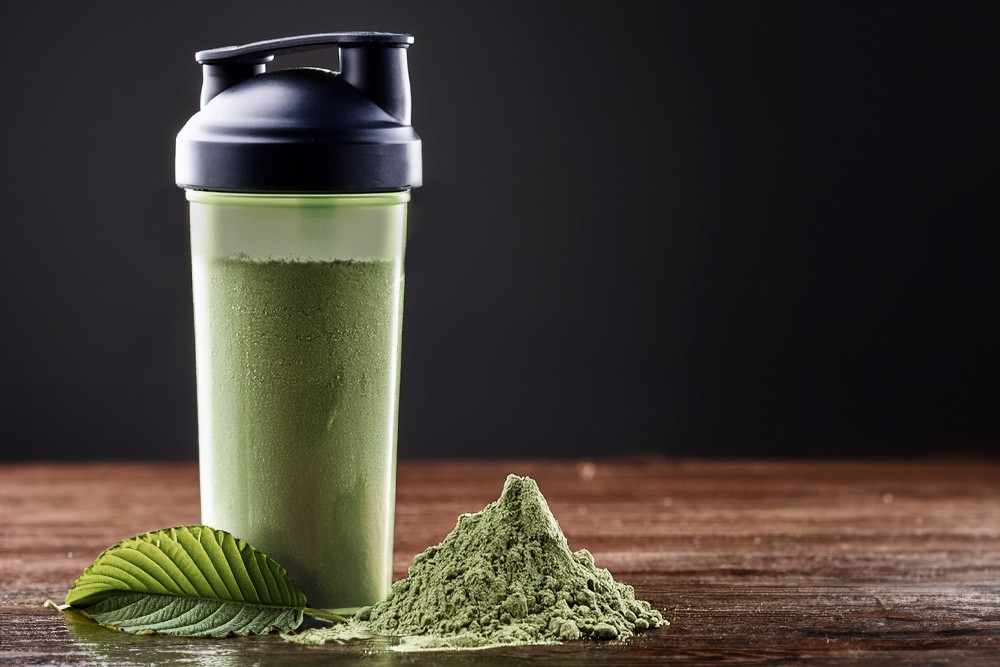
How to Mix Kratom into Liquids Like a Pro
How to Mix Kratom into Liquids Like a Pro Updated September 2025 By: The Kratom Spot Team SUMMARY: Mixing kratom into liquids is one of the best ways to…
READ MORE +
Traveling with Kratom: What You Need to Know

Buying Kratom in Bulk: What You Need to Know

What Is Mitragynine? Kratom’s Primary Alkaloid
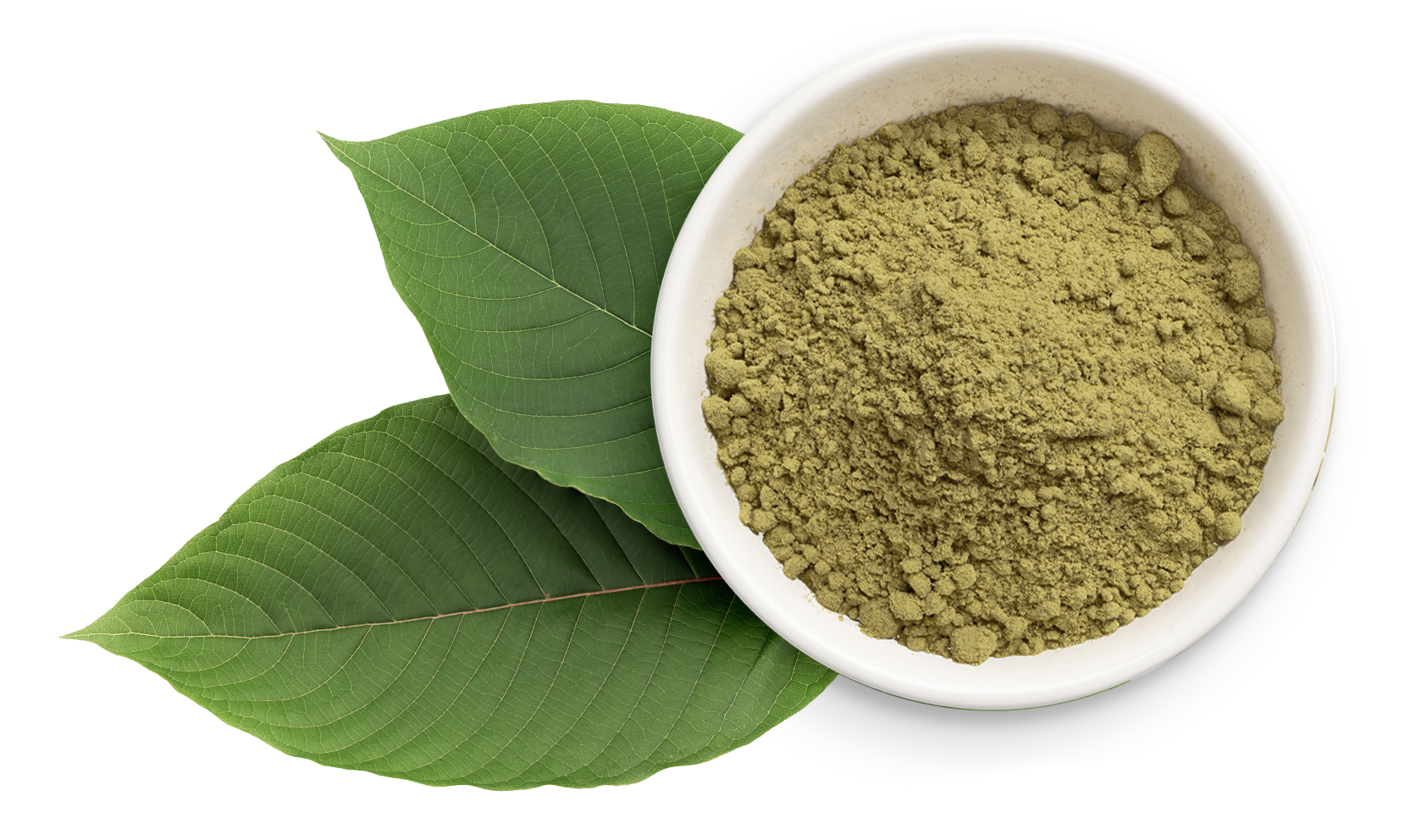
Sign Up For Newsletter
Join our community and stay updated with exclusive offers, product launches, and the latest news from Kratom Spot.


Find your favorite strain of Kratom

Purchase Kratom securely





